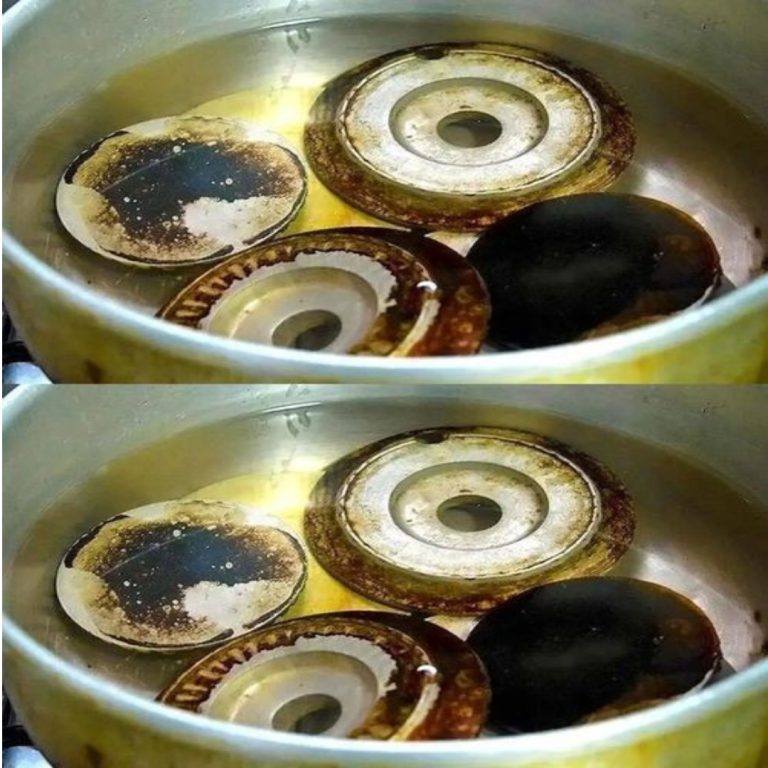ADVERTISEMENT
3. **Let It Sit**: Allow the baking soda and vinegar mixture to sit for about 10-15 minutes. This gives the ingredients time to break down the stubborn stains and food particles.
4. **Scrub the Stovetop**: After the waiting period, use a damp cloth or sponge to gently scrub the surface. The burnt food should come off much easier now. For tougher spots, use a plastic scraper or spatula to gently lift away the remaining debris.
5. **Wipe Clean**: Once the stains are gone, wipe the stovetop down with a clean, damp cloth to remove any leftover residue. Finish by drying the surface with a dry towel.
This method works wonderfully for most stovetop types, including glass, ceramic, and electric coils. It’s a safe, natural way to clean without harsh chemicals.
### Tip 2: The Power of Dish Soap and a Dryer Sheet
This method is especially effective for stubborn burnt spots on **ceramic** or **glass stovetops**, as it uses a gentle approach but still yields impressive results.
#### What You’ll Need:
– Dish soap (preferably a grease-fighting variety)
– A used dryer sheet (preferably unscented)
– Warm water
– A clean cloth or sponge
#### How to Do It:
1. **Add Dish Soap**: Start by adding a small amount of dish soap to the burnt area of the stovetop. Use a damp cloth to spread it evenly across the surface. The soap will help loosen any grease and burnt residue.
2. **Place the Dryer Sheet**: Next, take a used dryer sheet and place it on top of the soapy area. Add a bit of warm water on top to help the dryer sheet soften and activate its cleaning properties.
3. **Let It Soak**: Let the dryer sheet sit on the stovetop for about 10-15 minutes. During this time, it will soften the burnt food and grease, making it easier to scrub away.
4. **Scrub Gently**: After soaking, use the dryer sheet to gently scrub the burnt spots. Its fabric will act as a mild abrasive that helps lift grime without scratching the surface.
5. **Clean Up**: Once the stains are gone, wipe the area clean with a damp cloth to remove any remaining soap and residue. Finish by drying the stovetop with a towel.
The dryer sheet technique is gentle yet effective, particularly for those worried about scratching their stovetop’s surface. Plus, it’s another great way to repurpose used dryer sheets!
### Bonus Tip: Prevention Is Key
After using these cleaning methods, you may want to take steps to prevent future burnt spots from happening. Here are a couple of easy tips:
– **Use a Stovetop Protector**: Consider using a stovetop protector or liners to catch spills before they burn onto the surface.
– **Clean Spills Immediately**: If you spill something while cooking, try to clean it up as soon as it happens. The longer you wait, the harder it is to remove.
– **Use Low to Medium Heat**: Using excessively high heat can cause food to burn more easily. If possible, cook on lower heat settings to avoid this problem.
### Conclusion
Cleaning a burnt stovetop doesn’t have to be an overwhelming task. With just a couple of common ingredients like **baking soda**, **vinegar**, and a **dryer sheet**, you can effectively remove stubborn stains and grease. The key is patience and consistency, along with the right tools for the job. By following these simple tips, your stovetop will be sparkling clean in no time—and you’ll be able to cook up your next meal with ease!
ADVERTISEMENT
